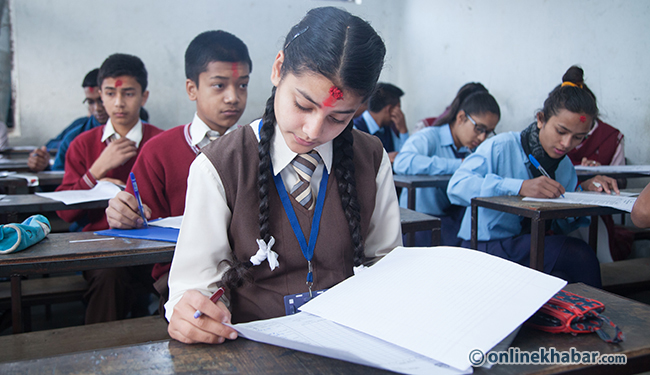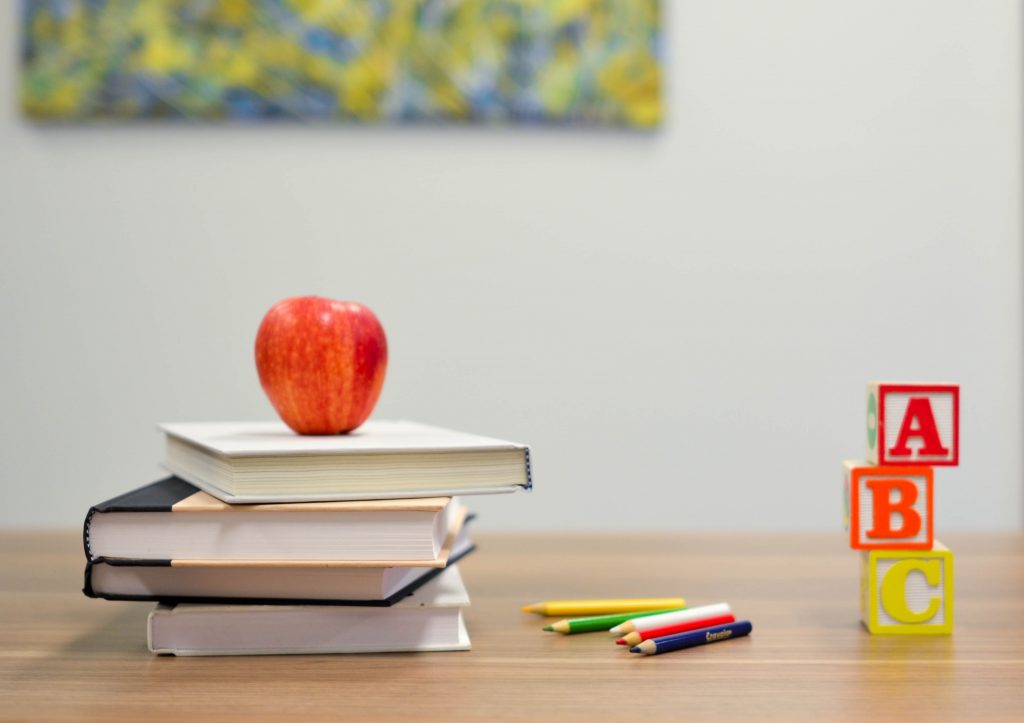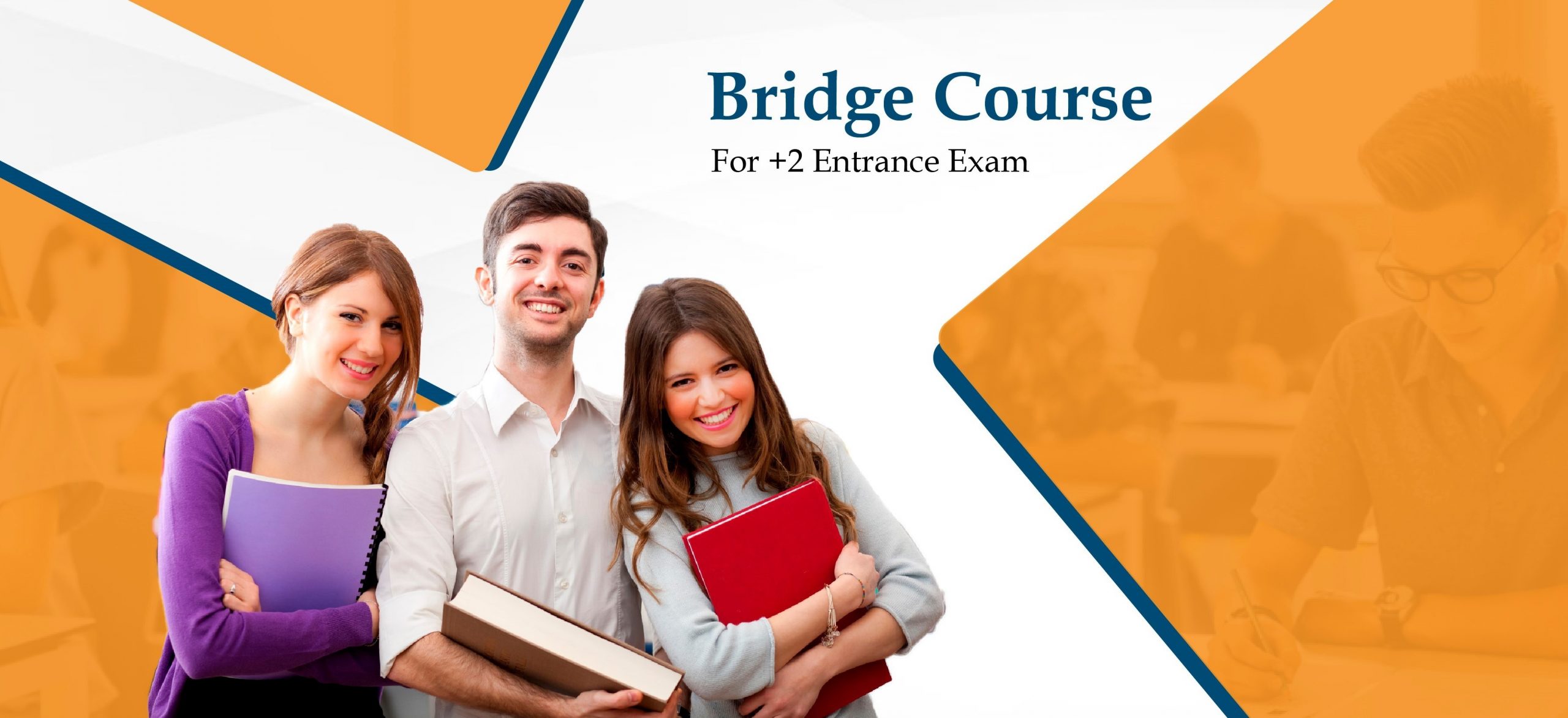Immediately after completing his School Leaving Certificate (SLC) examinations nine years ago, Safal of Bhaktapur rushed to Putalisadak, some 10 km away from his home, to get admitted to a bridge course institute.
He hoped the course would be instrumental in easing his journey to further education or to getting admitted to top-notch institutions in the valley.
But, the course did not meet his expectations. He says, “The course really did not offer me anything new except a few things that were included in the grade 11 syllabus.”
Instead of joining a bridge course, Safal suggests his recent successors join classes of soft skills that would hone their personality, communication and management skills. Or else, they can also join the computer, music, dance or art classes.
Those were the days when students used to rush for the bridge course classes after completing their School Leaving Certificate (SLC), currently known as Secondary Education Examination (SEE). But, now, the condition is different.
Students and experts say this change is not bad even if not good, hoping the downfall would help education industrialists get better options in the upcoming future.
The downward journey

These days the charm of the bridge course among the fresh school graduates is on the wane. There are various reasons behind it.
First of all, graduates blame the lack of productivity in such courses that usually last for around three months.
Prakriti of Kathmandu echoes Safal in terms of her experience with the bridge course. She also joined and completed the course eight years back. But, she believes the course did not bring any changes in her life.
There are many like Safal and Prakriti who do not see any richness in the course. “It simply became a way for me to pass the time,” says Prakriti. “Probably, many others like me felt the same and now it has lost its charm.”
Stuti of Bhaktapur seconds Prakriti. Recalling her three-year-old experience, Stuti says the course was not fruitful. She says, “You learn a few new topics from the grade 11 syllabi after joining the bridge course classes, but they do not carry significant weight. In that sense, there is no use in joining it.”
One year before Stuti, Rijuma of Kathmandu also went to a bridge course institute, hoping to enhance her further academic status, but that did not work well. “At this moment in life, I regret joining the class.”
The institution where she joined the course made her buy some expensive books that were useless to her. She says, “They do a great business in such a way.”
The broken bridge

Education experts have also realised the ineffectiveness of bridge course classes. But, before that, they do not consider it an effective tool either. For educationist Bidya Nath Koirala, education institutions offer such courses to meet their vested interest rather than provide useful education.
“I have found some educational institutions that refer the students to the colleges that have connections with them and take a commission from them (colleges),” says Koirala. “While the courses are also not well designed, they repeat the same old things that were taught in grades 9 and 10.”
“Unless the courses are career-oriented, they are not going to meet the students’ expectations,” adds Koirala. “The courses must be updated as soon as possible.”
According to him, the bridge courses should focus on career guidelines for the students. “If someone wants to pursue a degree in engineering for higher studies, the course should help them in finding ways to be an engineer.”
But, in general, the courses have not been found that much useful, according to him.
The post-Covid problem
The institutions, however, do not accept the charge.
Bhishma Kumar Danuwar, the director at Pathshala Education Foundation, instead, presents two main reasons for the declining popularity of bridge courses in Kathmandu. Firstly, he says, “It’s due to the Covid and secondly the mushrooming number of institutions that are unable to provide quality education.”
Danuwar also informs that his institution used to have 400-500 students per year, but this year, it just has around 100 students.

Birendra Bhatta, the CEO of Saral Shikshya, an educational institution offering bridge courses, too agrees with Danuwar.
According to him, the charm of studying bridge courses has declined since Covid and it is one of the main reasons behind the downfall.
On the quality side, Danuwar says there are some institutions that run the bridge course just for the sake of money and neglect to provide the course that could be beneficial for the students, he adds.
Yet, Danuwar contradicts the charge that the course repeats the contents of grades 9 and 10.
According to the operator of the bridge course institution, the syllabus includes 70 per cent of the content from grades 11 and 12 and the remaining portion from grade 10. “The courses are well designed. They significantly help the students in their further studies. Similarly, through the course, the students can also discern their capacity” says Danuwar.
In addition, according to him, the course teaches the students to solve the tricky questions asked in the entrance exams of renowned colleges.
“These days there are many colleges that do not take strict entrance exams and give seats to the students randomly, such a practice is also harming the bridge course system,” adds Bhatta.





















